Today I will share with you my Rome Guide. Writing a guide about Rome in one single blog post is probably impossible, as there are way too many amazing places to see and things to do, so I will give you some tips and ideas on what to pick, if you only have a few days at your disposal. I will also review the apartment we rented during our stay. We LOVED it, so read on for all the details. I will also give you a few generic tips about food, but I will write different posts to review the restaurants we had dinner at.
Rome is one of my favourite places in the whole world. I love its streets, its monuments, its less known corners, its people (and their accent) and above all, I ADORE Roman food. When my family and I went to Italy last April/May, I knew I had to take the girls there. It was their first visit and let me tell you: you cannot leave Italy without visiting Rome. That would be an unforgivable sin! Our problem was we did not have a lot of time. We stayed a total of 3 weeks in Italy and we spent 8 days in Sicily to visit family and friends. I wanted to spend some time in Milan and show my children the places where I grew up, and we also spent a day in Venice. So we decided to go to Rome for a long weekend. We left from Milan by train early in the morning on day 1 and we arrived at about 10:30AM and then we left Rome on day 4 in the early morning to go to Palermo by plane. So we had about 3 full days there.
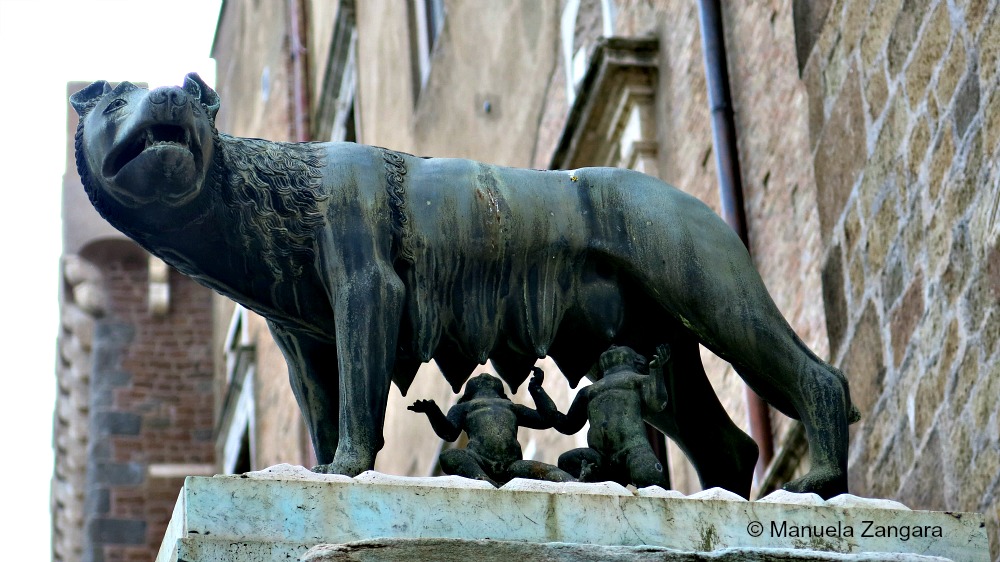
Is it enough? Let me tell you that you can never really spend “enough time” in a city like Rome. There is always something else to see… But having been there many times, I also knew how to prioritise our time. Having 2 young children, we immediately decided to leave the museums out: the queues can be too long and we would have missed out on other must-see places. I wanted the girls to experience the different phases of Roman history: from the Roman Empire, to the Renaissance, to today. So, let me show you what we saw.
SIGHTSEEING
The first place we visited was St. Peter’s Square and the Vatican. We actually wanted to enter the church and see the inside as well, but the queues were way too long and the weather wasn’t that great, so we decided to just walk around the square. If you are planning on visiting the church, allow extra time for the security screening at the entrance and try to arrive first thing in the morning.
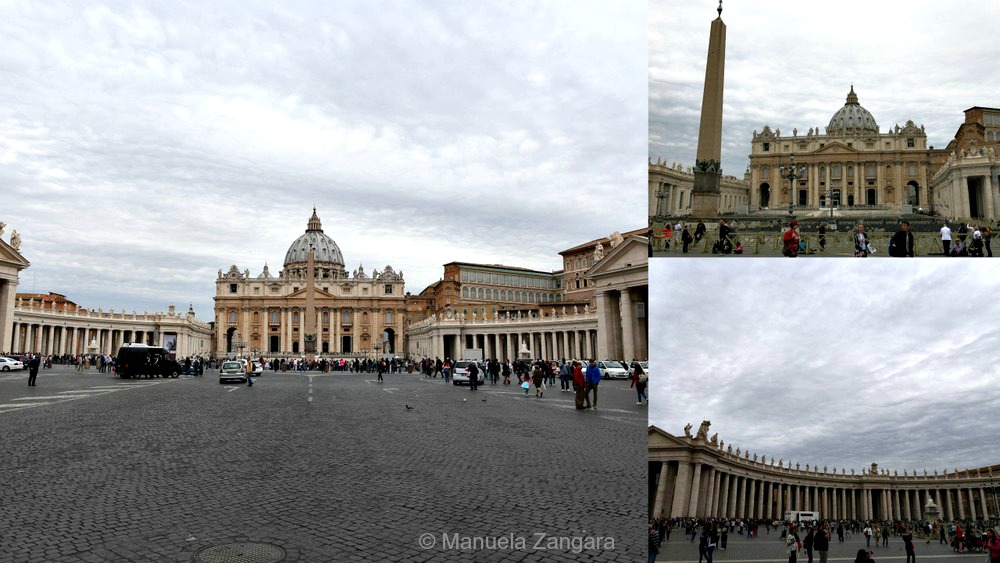
On the way to St. Peter’s, we saw Castel Sant’Angelo. Initially commissioned by the Roman Emperor Hadrian as a mausoleum for himself and his family, the building was later used by the popes as a fortress and is now a museum.

We finished off our afternoon with a long walk around Trastevere where we also visited the church of St. Mary’s and saw its beautiful mosaics.

The second day, we started off by visiting Campo de’ Fiori and its colourful market. Campo de’ Fiori, which means “Field of Flowers”, is a rectangular square south of Piazza Navona. This square is also very famous for having been the site of many public executions in the past. In 1600, the philosopher Giordano Bruno was burnt alive for heresy right here and his statue can now been seen in the exact spot of his death.

From there we walked to Piazza Navona, a beautiful example of Baroque Roman architecture and art that features important creations: in the centre stands the famous Fontana dei Quattro Fiumi (Fountain of the Four Rivers) built in 1651 by Gian Lorenzo Bernini, topped by the Obelisk of Domitian. In the square you can also see the church of Sant’Agnese in Agone and the Pamphili palace. Piazza Navona has two other fountains. At the southern end is the Fontana del Moro and at the northern end is the Fountain of Neptune.

The third stop of the day was the Pantheon, one of the best-preserved of all ancient Roman buildings. It has been in continuous use throughout its history, and since the 7th century, the Pantheon has been used as a church. It is very famous for its dome, with a central opening to the sky. It is one of my favourite monuments and it holds the tombs of some very important people like kings Victor Emmanuel II and Umberto I, the great artist Raphael.
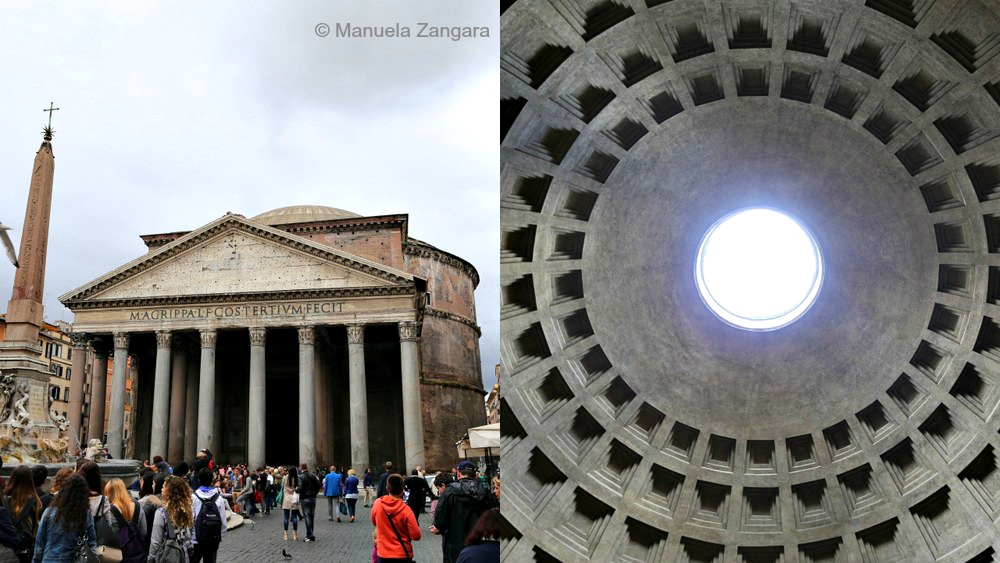
Then we walked around the beautiful city centre and its narrow lanes. I love the yellowish/reddish colour of the buildings in this area of town.

We took the girls to see Montecitorio (the site of the Italian Parliament), Palazzo Madama (the site of the Italian Senate) and Palazzo del Quirinale (where the President of the Republic resides).

We also stopped by the Trevi Fountain, but unfortunately it was being restored.

We also went to see some of Caravaggio‘s best paintings in the Church of St. Louis of the French: The Calling of St Matthew, The Inspiration of Saint Matthew and The Martyrdom of Saint Matthew (not in the picture).

Then we visited the Spanish Steps. The imposing staircase was built to connect the Bourbon Spanish embassy (from which the square takes its name) to the Church of Trinità dei Monti (which unfortunately was undergoing restorations) and it is an example of great baroque architecture. In the middle of the square is the famous Fontana della Barcaccia sculpted by Bernini, that had been recently vandalised by a group of Dutch hooligans and then fixed.

From there we walked back “home” along Via Condotti, one of the most famous shopping streets of Rome.

The last day was dedicated mostly to the ancient Rome. We walked to Piazza Venezia where you can see the palace and the balcony from where Mussolini used to address the crowd.

Here you can also see the Altare della Patria that holds the Tomb of the Unknown Soldier.

Then we walked along the Trajan Forum, all the way to the Colosseum, which was our first stop of the day.

Go there early in the morning! The queues can be long because of the security screenings. Also, do not bring big backpacks along as they are not allowed inside. We bought the tickets online, and that saved us quite a bit of time as our queue was definitely shorter. You can get the tickets here and they also include the entrance to the Roman forum.

Walking inside the largest amphitheatre ever built is an amazing feeling and it is very hard to describe. I think it is one of those places that should be on everyone’s bucket list! I have been there a few times, and every time, I get the shivers.
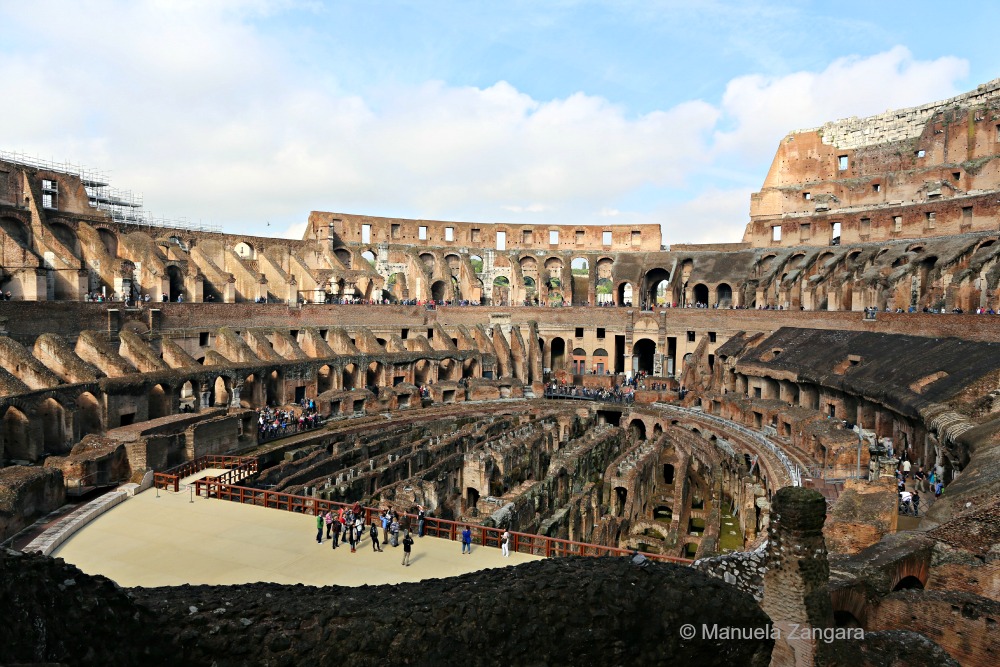
Then we moved on to the Roman forum. By then the sun was up in the blue sky and it was quite hot, but so beautiful. I love this area and all its ruins!

Things like these are what I miss the most living here in Australia.
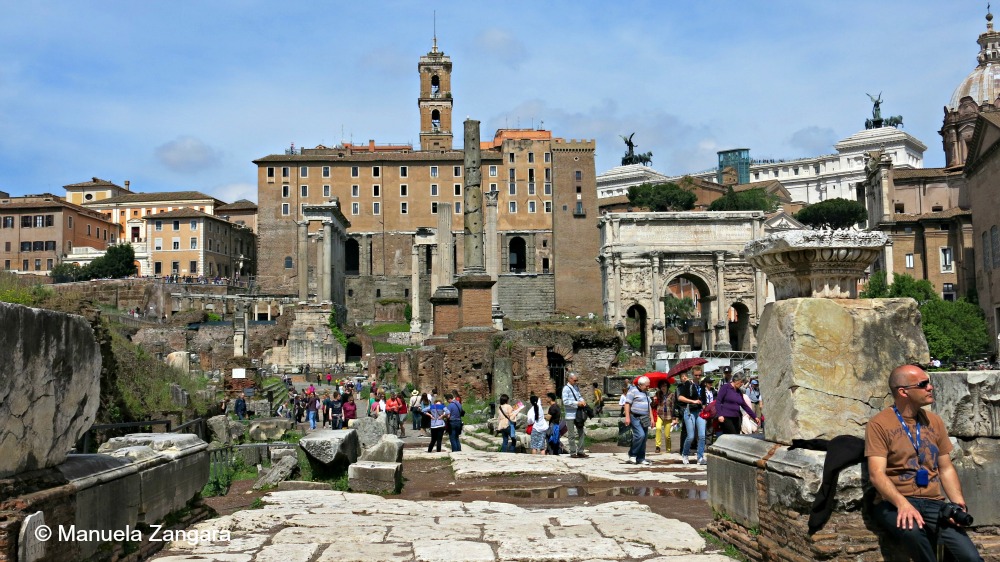
From there we walked up the stairs that lead to one of the most stunning squares in the world: Piazza del Campidoglio (Capitoline Hill). This square was designed by Michelangelo and it is a real masterpiece.

We finished off our Roman holiday by taking the girls to see La Bocca della Verità (the Mouth of Truth). It is an image of a man-like face, located in the portico of the church of Santa Maria in Cosmedin. Its most famous characteristic, however, is its role as a lie detector. Starting from the Middle Ages, it was believed that if one told a lie with one’s hand in the mouth of the sculpture, it would be bitten off. I can tell you, initially both my girls were a bit afraid to put their hands in it… hehehehehe

After that, we walked back home passing through the Roman Jewish Ghetto, another area of town that I adore.

There would have been many more things to see and do, but I think these must-see sites gave my kids a very good idea of Rome and its history.
FOOD
Rome is very famous for its amazing food, even among Italians. Many of Italy’s best known dishes originate here (or the surrounding areas): Carbonara, Amatriciana, Saltimbocca alla Romana are only a few of them.
The Roman countryside is famous for the production of Pecorino Romano, which is widely used in Roman cooking. Guanciale (cured pig’s cheek) is another staple and is used to make pasta dishes like Carbonara, Amatriciana, Gricia (which is an amatriciana, without tomatoes). Yes, we don’t use pancetta (or bacon!) for those dishes.
The area is also famous for fava beans, zucchini flowers and Roman artichokes (big globe artichokes) that are often served as “Carciofi alla romana” (whole artichokes filled with minced garlic and parsley and cooked in olive oil), “Carciofi alla giudia” (Jewish style artichokes – whole artichokes filled with chili peppers and deep fried) or as a sauce for pasta. We were very lucky to visit in spring, when all this amazing produce is still available.
Lamb is also very popular and it is often referred to as “abbacchio”.
Roman cuisine is very simple and it is considered “poor”, as it uses all local and cheap ingredients. Many of the most famous dishes include tripes (trippa) and other offal. Rigatoni con la Pajata – pasta with a sauce made with intestines of a milk-fed veal and pecorino cheese – is a very good example. I know it sounds gross, but it tastes amazing! Coda alla vaccinara – Oxtail stew – is another local speciality.
Rome is also famous for its thick pizza and focaccia (see my 5 year old eating 2 slices at the same time??) and its fried street food like battered baccalà (salt cod), battered stuffed zucchini flowers, potato croquettes and Supplì al telefono – fried rice croquettes stuffed with beef ragout and mozzarella.

One of the breakfast items I like the most is Maritozzo con la Panna – a brioche-like bread made with pinenuts and candied fruit and filled with whipped cream!!! Look at that!!

I know some of you will be surprised by this, but Fettuccine Alfredo are not a traditional “Roman speciality”. In fact, let me give you a little tip: if you see them as an item of the menu of your restaurant, you are very likely sitting at a tourist trap and you will not be eating the real Roman food.
See the section titled “Resources on MsM” below for some recipes!!
ACCOMMODATION
Hotels in Rome can be quite expensive and often to get a decent room you need to look at 3.5 to 4 star hotels. As we were travelling with my parents (we were 6 all together) we decided to rent an apartment. We had done the same thing in Kyoto and we loved it. Well, guess what? We had another fantastic experience in Rome!
If you google Rome rental apartments, you will see how many there are. We did some research and almost immediately fell in love with this one.
The apartment was very big, as it had 3 bedrooms and 3 bathrooms – but we were 6, so that worked out perfectly for us and it still turned out to be much cheaper than booking 2 hotel rooms.

The place is on 2 floors, it has a well equipped kitchen, a nice living area with a fireplace and lots of books and it’s very clean.

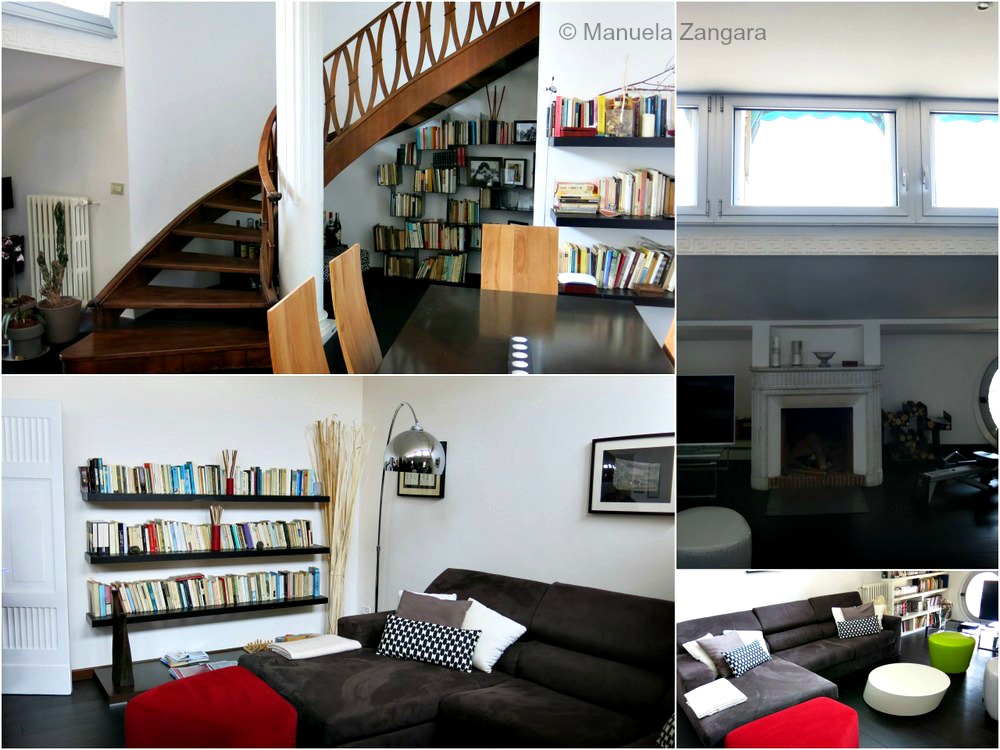
What sets it apart from the rest, though, is its terrace. It is so beautiful! There is even a wood fired oven!

I loved the view over Rome’s roofs!!! I couldn’t get enough of that view, even if we were not very lucky weather-wise.

The owner, Mr. Cosimo, is very attentive and helpful. He also organised our transfers from the train station to the house and from the house to the airport and he was at the apartment to welcome us and explain how things worked. He was also very quick at replying to my emails while we were booking (I contacted him through Tripadvisor).
He also has a few booklets with information on local attractions and restaurants. I found the whole thing very well organised! I was quite impressed really!
Not only, Mr. Cosimo was so kind and he even bought us a delicious chocolate cake, as a present for us and the little ones!!! 🙂 How nice is that??

Location wise this place is unbeatable. It is right in the centre of Rome: just a 2 minute walk from Campo de’ Fiori and very close to Piazza Navona. You can walk to almost every site from here, which is exactly what we wanted! In fact, we never took a bus for sightseeing and did all the above on foot from the house.
I find that staying at a rented apartment/house when travelling is an amazing experience and it helps you connect with the city you are visiting. I love living like the locals for a few days! This place is highly recommended!
RESOURCES ON MSM
RECIPES FROM THE REGION OF LAZIO:
Puntarelle alla Romana
Gnocchi alla Romana
Spaghetti alla Puttanesca
Stracci di Antrodoco
Abbacchio a Scottadito
Saltimbocca alla Romana
Bucatini all’Amatriciana
Supplì al Telefono
TRAVEL IN ITALY:
Venice Guide – Italy
Milan Guide – Italy

HOW TO GET AROUND IN ROME
As I mentioned before, we went everywhere on foot, but Rome has a subway that will get you near most tourist destinations. The Roman Metro has three lines – A, B and C, plus a new branch of the B line, called B1.
Rome has also an extensive network of trams and buses that will come in handy.
An individual ticket for bus, metro, tram and trains is 1.50 € and is valid for 100 minutes. You can get a day pass for 6 €, or a three-days pass for 16.50 €. Children less than 10 years old can travel on any bus, tram or metro for free if they are accompanied by an adult with a valid ticket.
Just be very careful of pickpockets on all public transport! That’s the main reason why we tried to avoid using a bus or subway in the first place!
HOW TO GET THERE
By Plane
Rome has two main international airports:
Leonardo da Vinci/Fiumicino International Airport – Rome’s main airport is modern, large, rather efficient and well connected to the city centre by public transport. From Fiumicino you can get to Rome:
– by train using the Leonardo Express to Roma Termini (central station). The journey takes about 35 minutes.
– by train using the suburban FL1 line to Tiburtina or Ostiense or Trastevere train stations.
– by bus to Roma Termini, but it takes longer than by train.
– by taxi. Taxis apply a flat rate of €48 from Fiumicino airport to downtown Rome.
G.B. Pastine/Ciampino International Airport – Located to the southeast of the capital, this is the city’s low-cost airline airport, serving Easyjet, Ryanair and Wizzair flights, among others. This small airport is closer to the city centre than Fiumicino but has no direct train connection. From Ciampino you can get to Rome:
– by bus to Roma Termini.
– by taxi: Taxis apply a flat rate of €30 from Ciampino airport to downtown Rome.
By Train
Getting to Rome by train is convenient as the city has direct links with all major cities in Italy, as well as several destinations in Europe.
Rome’s main railway station is Roma Termini, other main stations are Roma Tiburtina, Roma Ostiense, Roma Trastevere and Roma Tuscolana.
We arrived to Rome by train from Milan’s Central station on a Frecciarossa – a fast train. It took about 3 hours and we arrived at Termini station.
By Car
Driving to Rome is quite easy… as they say “all roads lead to Rome”! The city is ringed by a motorway called the “Grande Raccordo Anulare” (or, simply, the GRA). If you are going to the very centre of the city any road leading off the GRA will get you there; if you are going anywhere else, however, a GPS or a good map is essential.


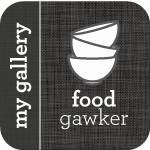
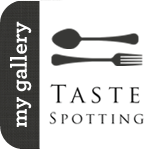

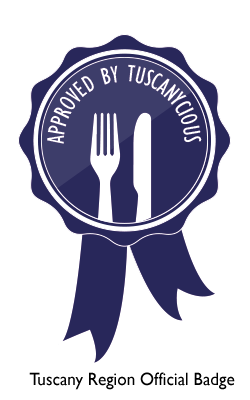












Leave a Reply